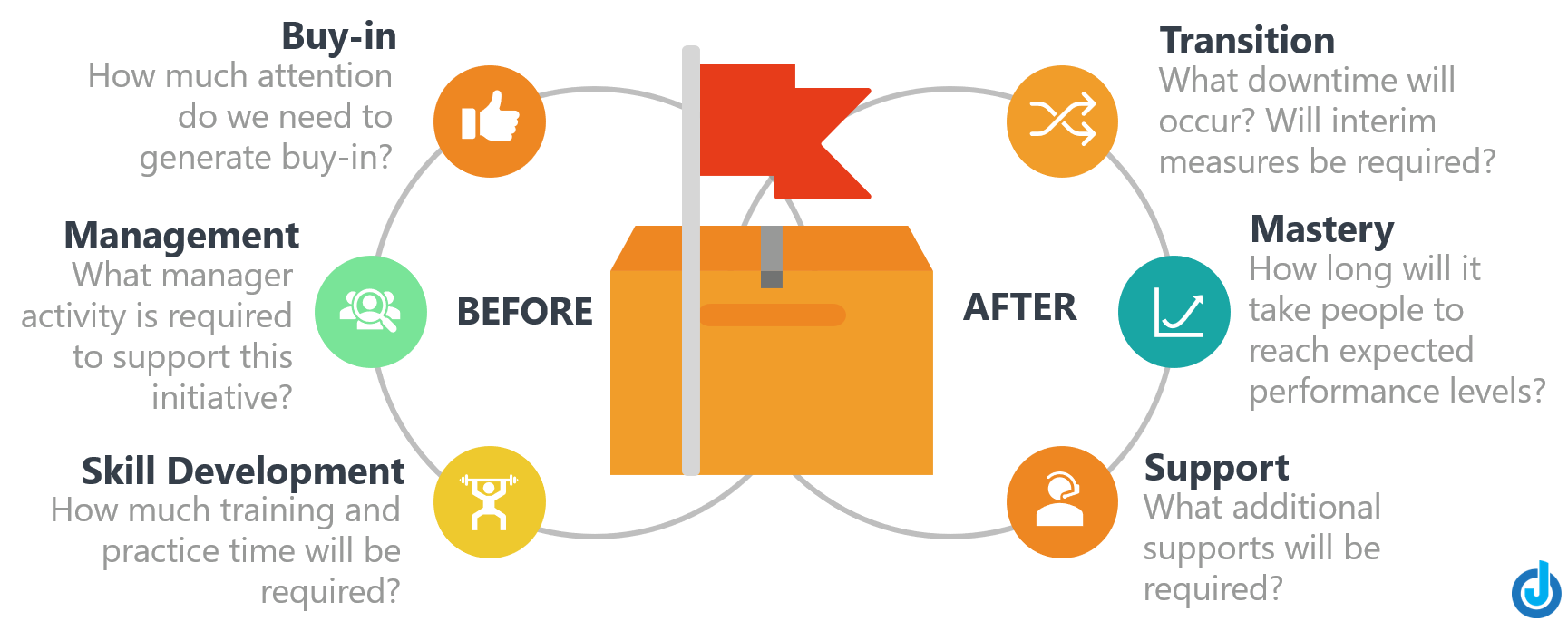Every year we have a never-ending stream of software updates, system replacements, policy updates, process improvements, new products or services, regulatory changes…and more. 2021 will increase the pace, guaranteed.
Every day our inboxes are force-fed a deluge of announcements, updates, and FYIs about what’s happening. The quality of most of that messaging is pretty bad. Do I really need 5 paragraphs on the ‘why’ of an icon change??
One organization received such an outcry about the volume of updates that they put a moratorium on all changes for a couple of months. That is not the right answer.
Each employee is left to make sense of the communication morass. Because we have a limited amount of processing power, we skim and ignore just to ensure there is time left to do the job we were hired for. Some projects fail because employees don’t believe they ‘rank’ against everything else going on.
This makes for a lot of frustration and wasted time, money, and effort. Now imagine this:
- Corporate communications reduced by half
- A clear roadmap of all the changes coming in the next 12 months
- Changes sequenced over the 12 months to ensure employees can balance regular tasks with adoption of the new
It can be done!
Change Architects work with executives to take an enterprise view and assess several critical questions:
1. What changes will demand the most capacity?
Employees and organizations only have so much capacity for change. We can raise the capacity (check this out) but must work within those limits.
A simple assessment of Desirability and Complexity gives us a quick view of where the pain will be greatest and for which groups. You can get a free copy of my Rapid Impact Assessment here.
2. When will those changes hit hardest?
At a minimum, I look at the 3 months before and after a future change and consider:

3. What is the ‘load’ on each stakeholder group?
Using a table, I chart how many changes affect each group over the next year. What groups are going to struggle to pay attention to it all?
4. What are the relationships between all of the projects?
Changes fall into a limited number of categories. Messages can be blended and combined for efficiency. And I don’t mean just combining them all in a newsletter (although that can help). I mean grouping similar changes under a single project view, regardless of the number of teams working independently behind the scenes.
With answers in hand, we can map out an efficient approach to communications and rollouts that ensure the highest possible rate of adoption, and the strongest returns on the huge investments every company is making in change.
#changeisthenewnormal
Thoughtfully yours,
Jeff



